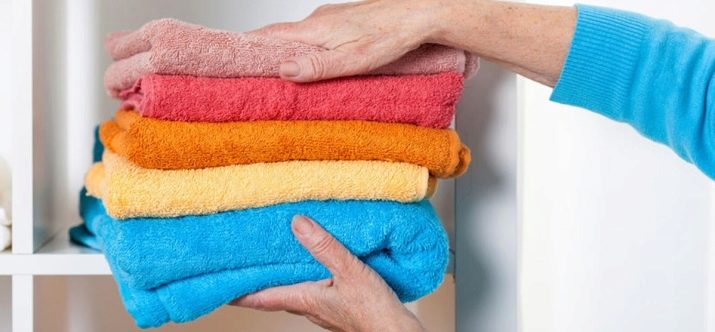Overview of towel fabrics
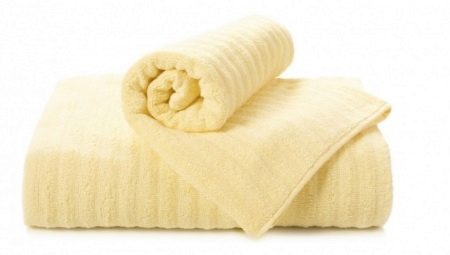
The comfort and coziness in the home is created thanks to small details, including the towels. They are comfortable, they will always provide cleanliness and order in a timely manner. Our review of towel fabrics will help you choose a quality product.
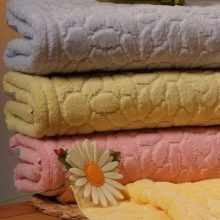

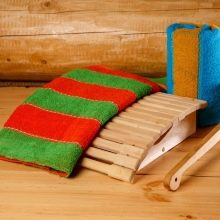
Kitchen Towel Materials
Every good housewife takes care of the cleanliness of her home. Dangerous intestinal bacteria live on kitchen towels. Upon examination, they were found on 89% of the samples. It is necessary to wash kitchen textiles more often, change them as needed (preferably once a year).
A quality tea towel material should absorb liquid well, be soft and resistant to abrasion. This is why these textiles are often made from waffle fabric.
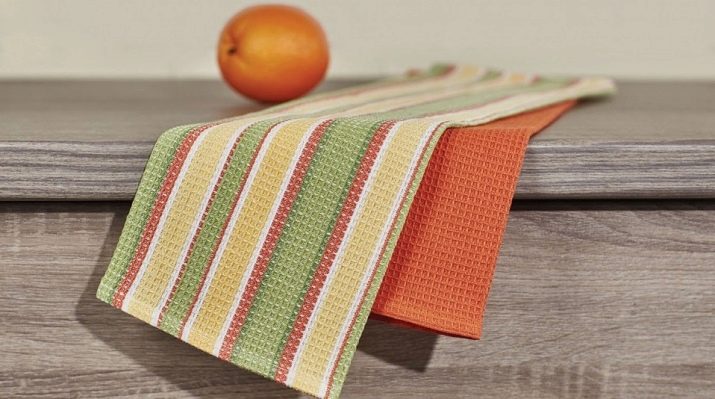
Such material has the following qualities:
- lasting;
- washes well;
- environmentally friendly;
- does not fade;
- dries quickly;
- hypoallergenic;
- does not leave streaks when wiping glass.
Waffle fabric is 100% cotton fibers, which is why it has such high qualities. The special structure in the form of small cells increases the absorption surface, reminiscent of a traditional confection. Hence such an interesting name appeared.

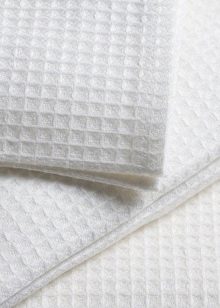
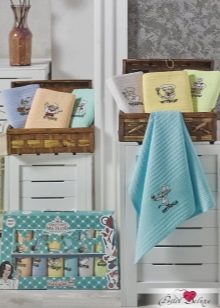
There are different types of kitchen textiles. Linen towels are beautiful, retain their appearance for a long time. Bleached options are used for setting the festive table. Additives of bamboo and microfiber make fabrics cheap, environmentally friendly, just as practical, although short-lived.
In the kitchen, it is better to have different types of textiles, each used for its intended purpose.
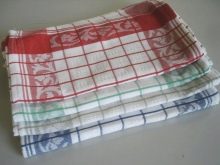
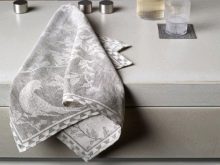

Fabric for bath products
Towel fabric for bath products is made of other materials. The most popular are terry, jacquard and velor. Each has its own positive and negative sides. They must be taken into account when choosing.
Terry cloth is made from natural cotton. It is covered on both sides with microscopic loops, because of this, the pile is thick. Towels differ in volume and weight, but they are soft, pleasant to the touch, and collect water well. Terry cloth is dyed in a variety of colors, although they do not make complex patterns, because when dyeing, the loops can lie down randomly, the pattern will lose its shape.
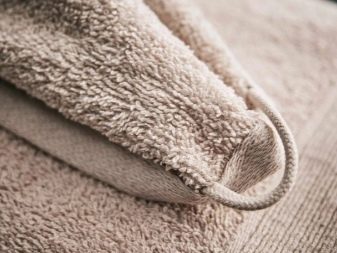
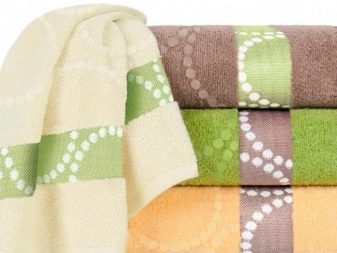
Advantages of terry material:
- lasting;
- does not fade;
- absorbs water quickly;
- massages the skin when wiping;
- does not require ironing;
- durable.
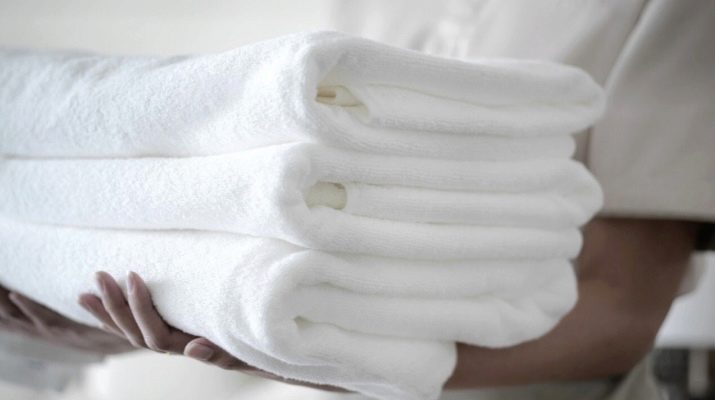
Terry towels are produced in various sizes, for children and adults, bathrobes are also sewn from this material.
Cons of terry cloth:
- large volume and equally considerable weight;
- dries for a long time;
- loops are capable of clinging and stretching during washing;
- special washing is required to keep the fabric soft.
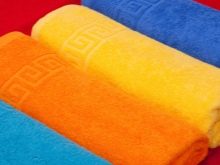

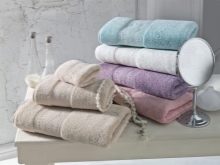
Velor fabric is produced in the same way as terry. Only at the end of the process are the loops cut off. As a result, the fabric acquires additional softness and velvety, but the price increases.
Pluses of velor:
- does not wrinkle;
- does not stretch, does not shrink;
- dense, but breathable;
- dries quickly;
- durable.

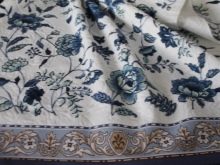
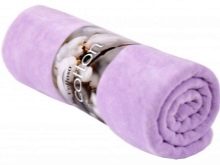
Velor is also used to sew home clothes, curtains, upholstery for car seats.
Cons of velor:
- scuffs appear;
- poorly absorbs water;
- clues from animal claws, sharp objects are noticeable.
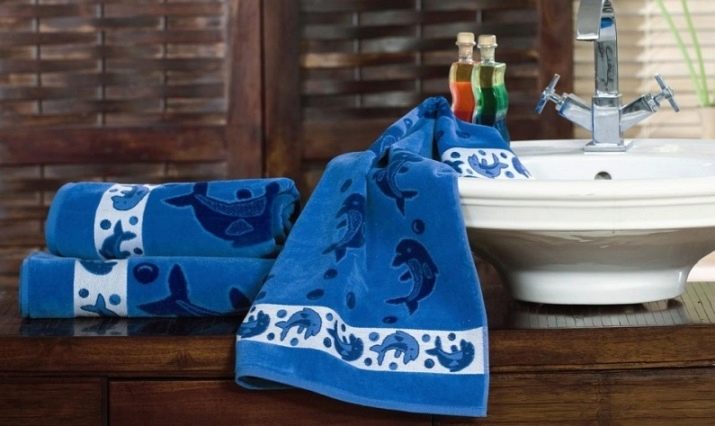
Jacquard fabric is usually made from cotton. The main feature of this material is weaving. The material can combine loops of different sizes, threads of different shades with a matte or shiny surface. The result will be a product that has a woven embossed pattern on both sides. At the same time, jacquard can be smooth as velor or fluffy like terry if desired.
Pros of jacquard material:
- wear-resistant;
- pleasant to the touch;
- dense, often used as a towel for the feet;
- absorbs moisture well.
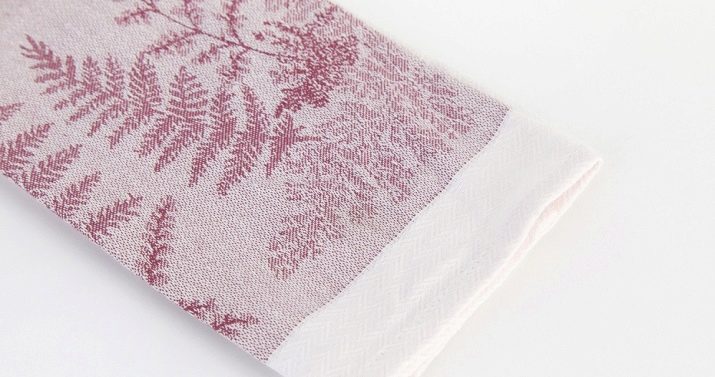
Cons of jacquard:
- tougher than terry and velor fabrics;
- expensive, because it is made on a special machine.
All fabrics are good, you need to choose according to your preference.
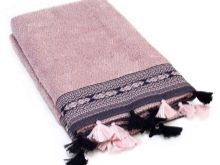
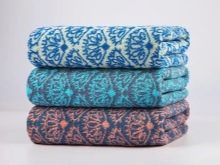

Care Tips
Towels need to be bought from quality material, then they will last a long time. If properly cared for, they will retain their appearance. We list the recommendations for care.
- Wash towels before first use. Manufacturers apply a fabric softener or silicone coating to the garments. They make the fabric soft and fluffy, but at the same time it does not absorb moisture well. To get rid of this, you just need to wash the towel and dry it in the usual way.
- Kitchen towels can be soaked in a baking soda or salt solution before washing. This will help remove odors and stubborn stains.
- You can add a little baking soda to the powder or gel in the washing machine for better cleaning, and it will add fluffiness to terry products.
Quality towels are expensive, but they last a long time and do their job well. Experienced housewives know this, so they do not save on textiles.
